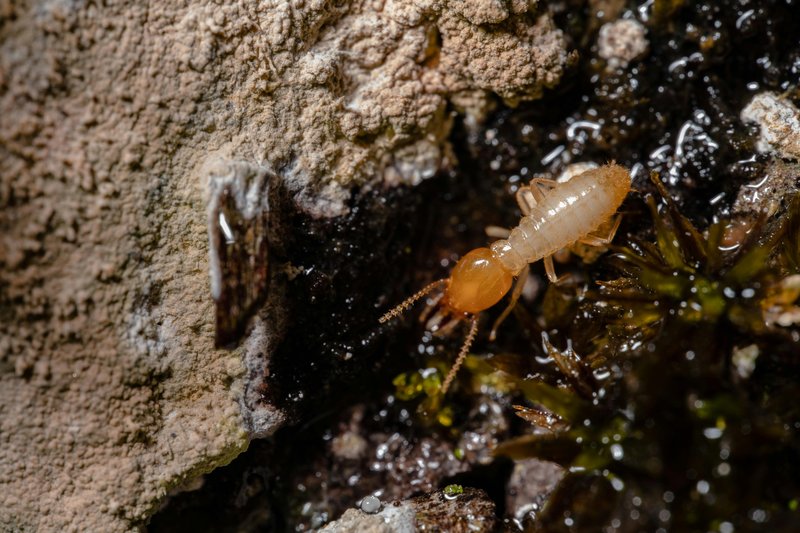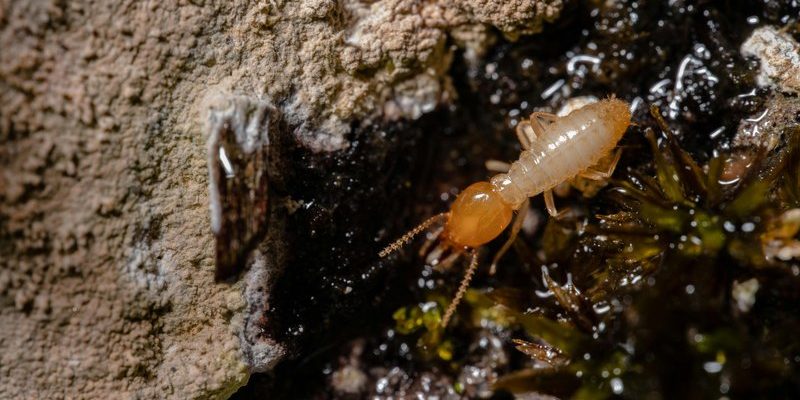
Termites are often misunderstood. Many people view them as just pests that destroy homes and furniture. But there’s so much more to these little insects. In this article, we’ll dive into some captivating facts about termites that might just change the way you see them. So grab your coffee, sit back, and let’s explore the world of termites together.
1. Termites are Social Creatures
Here’s the thing: termites are not just solitary bugs. They live in colonies that can range from a few hundred to millions of individuals. This social structure is similar to how we live in communities. Each termite has a specific role, making them incredibly organized. You have workers who gather food, soldiers who protect the colony, and a queen, whose main job is to lay eggs.
Imagine a city with specialized neighborhoods—like one area for food production, another for defense, and a central hub for raising families. That’s how a termite colony operates. This highly structured society helps them thrive in diverse environments, from forests to deserts.
2. They Have a Unique Diet
You might be surprised to learn that termites are not just wood-chewers. Their diet mainly consists of cellulose, which is found in plant materials. While they are often associated with eating wood, they’ll munch on leaves, soil, and even dung if it’s rich in nutrients.
What’s fascinating is how they digest cellulose. Termites rely on symbiotic microorganisms in their guts to break down this tough substance. Without these tiny helpers, termites wouldn’t be able to extract nutrients from the materials they consume. So, in a way, termites are like chefs who need special ingredients to make their meals possible!
Termite Digestive Process
The digestive process is quite intricate. Here’s a quick breakdown:
- Ingestion: They consume wood and other materials.
- Digestion: In their gut, bacteria and protozoa help break down cellulose.
- Absorption: They absorb nutrients from the digested material.
It’s a bit like a team effort where both the termite and its gut microbes work together to make the most of every bite.
3. Termite Queens Can Live a Long Time
Have you ever wondered how long a termite can live? Well, the queen termite is pretty impressive. She can live for decades—some even reaching up to 30 years! That’s much longer than most insects.
The queen’s longevity is crucial for the colony’s survival. As the queen lays thousands of eggs each day, her sustained life ensures a stable population. You could say she’s like the matriarch of a vast family, safeguarding the future generations.
4. Different Types of Termites
Termites aren’t all the same; there are over 2,600 species spread across the globe. These species fall into three main categories: subterranean, drywood, and dampwood termites. Each type has unique behaviors and habitats.
- Subterranean termites: These are the most common and often cause structural damage as they live underground.
- Drywood termites: Found in dry wood, they can infest homes without needing contact with the soil.
- Dampwood termites: As the name suggests, they thrive in moist wood and are often found in rotting trees.
Understanding these differences is essential, especially when it comes to pest control. It helps homeowners identify the type of termite they’re dealing with and choose the right method for management.
5. Termites Communicate Through Chemicals
Did you know that termites have their language? They primarily communicate using pheromones, which are chemical signals. When a termite finds food, it releases a specific pheromone to alert others. It’s like sending out an invitation to a feast!
This chemical communication helps maintain the colony’s order. For instance, if there’s a threat, soldier termites will also release alarm pheromones to warn others. It’s a fascinating system that keeps everyone informed and safe.
Examples of Pheromone Communication
Here are a couple of examples of how termites use pheromones:
- Food Discovery: A foraging worker finds food and releases a pheromone trail back to the colony.
- Danger Alert: If predators are near, soldiers release alarm signals to prepare for defense.
This sophisticated communication system exemplifies the teamwork and survival strategies of termites.
6. Termites Play a Vital Role in Ecosystems
You might be wondering, “Why do we need termites?” Well, they play a crucial role in nature. By breaking down dead plants and wood, they help recycle nutrients back into the soil. This process promotes healthy plant growth.
In many ecosystems, termites are essential for maintaining balance. Their activities create homes for other creatures and improve soil quality. If you think about it, they’re like tiny environmental engineers helping to shape the landscape.
7. They Can Cause Serious Damage
While termites are beneficial, they can also create significant problems, especially when they invade homes. Subterranean termites, in particular, can cause severe structural damage if left unchecked. They can weaken wooden structures, leading to costly repairs.
Here’s the thing: preventing termite infestations is crucial for homeowners. Regular inspections can help catch any signs of activity early. It may not seem like it, but those little critters can be quite the headache if they settle in your space.
8. Termites Can Fly
Believe it or not, some termites can take to the skies! Swarming termites, often referred to as “alates,” are the winged reproductive members of the colony. When conditions are right—usually after rain—they swarm to mate and start new colonies.
After mating, these newlyweds land, shed their wings, and dig into the ground to establish a new home. It’s a bit like a nature-themed dance party, where the goal is to find a mate and ensure the survival of the species.
9. They’re More Related to Cockroaches Than Ants
When you think of termites, you might picture ants because of their social behavior. But here’s a little twist: termites are actually more closely related to cockroaches! This connection is surprising, considering how different they seem.
This relationship stems from their shared evolutionary history. Both insects belong to the order Blattodea. While their lifestyles and appearances differ, understanding their connection highlights the complexity of insect evolution.
10. Termite Research is Ongoing
Finally, scientists are continually studying termites to unlock more secrets about these incredible insects. Research focuses on their behavior, ecological impact, and even their potential in biotechnology. For example, their ability to break down cellulose is attracting attention for biofuel production.
As we continue to learn more about termites, we might find even more valuable lessons from these tiny architects of nature. Who knows? They might inspire new solutions to environmental challenges.
In conclusion, termites are far more than just pests. They’re fascinating creatures with a rich social structure, unique diets, and vital roles in ecosystems. Next time you think of termites, remember their importance. Rather than just being annoying, they help recycle nutrients and maintain balance in our world. So, let’s appreciate these tiny workers, even if they occasionally munch on our wood!

